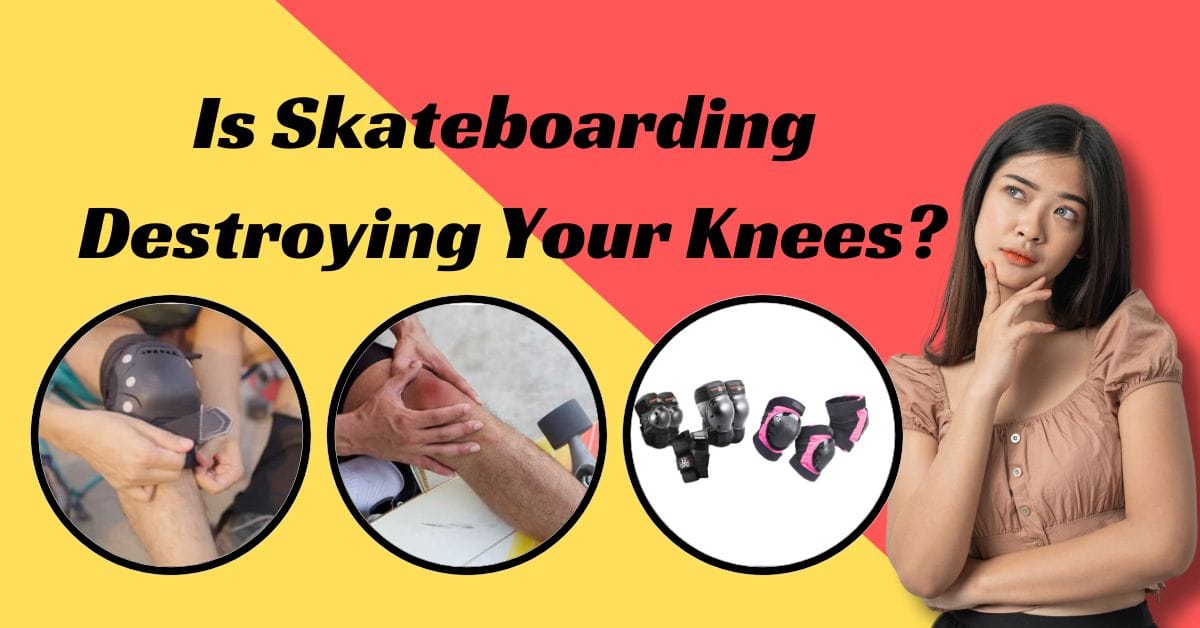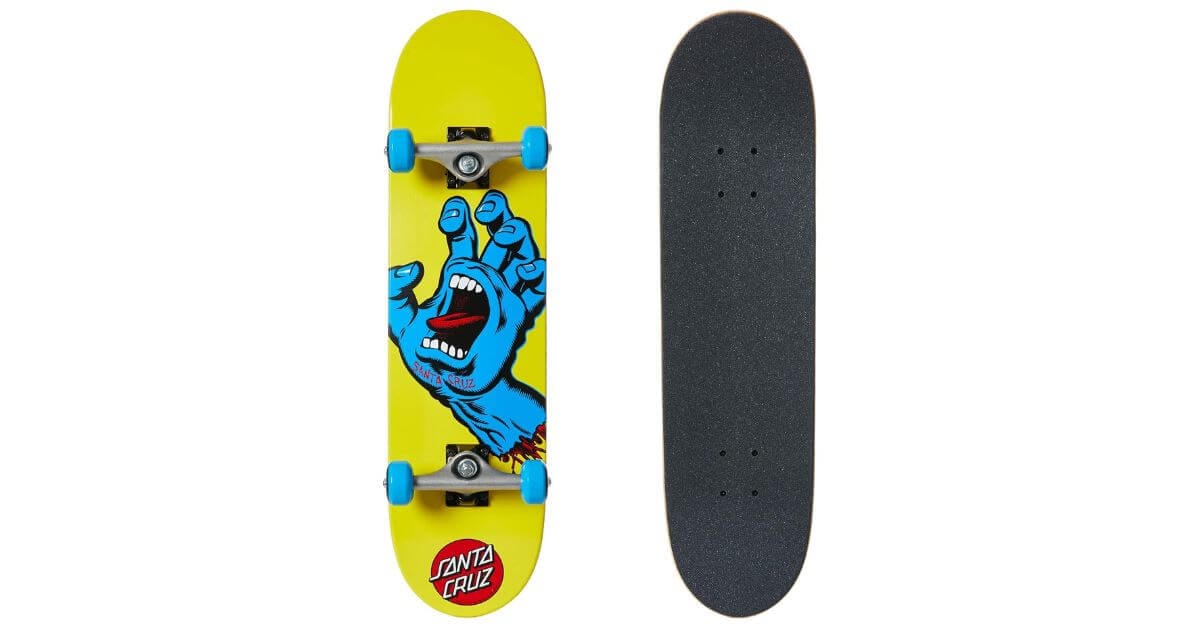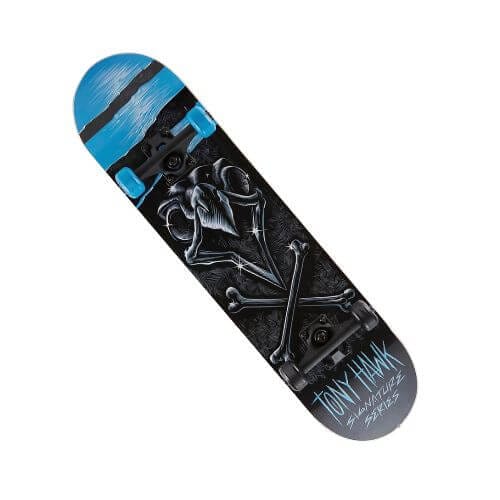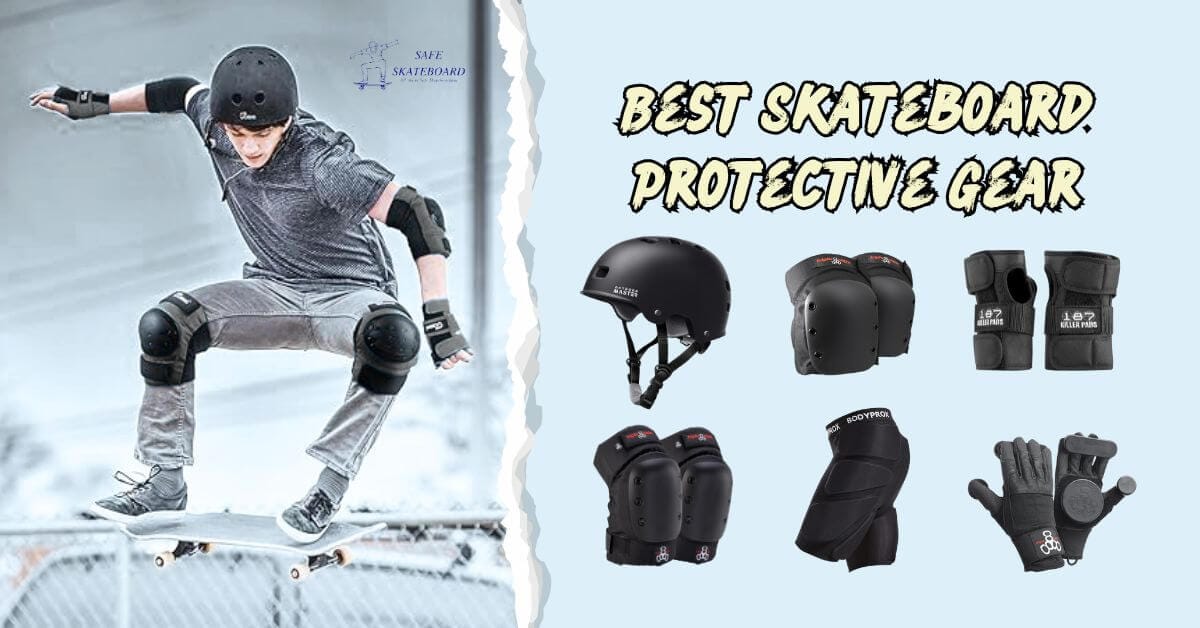Skateboarding is a popular recreational activity and sport that individuals of all ages enjoy. It also involves riding and performing tricks on a skateboard, which can stress various body parts, including the knees. Skateboarding can harm your knees, causing potential long-term damage and injuries.
However, there are preventive measures and exercises to minimize these risks and maintain knee health while skateboarding. Skateboarding can also increase the risks of conditions such as patellofemoral pain syndrome, also known as a runner’s knee.
In this article, I’ll provide all the factual data surrounding the classification: Is Skateboarding Destroying Your Knees? So, let’s dive into it.
Understanding The Impact Of Skateboarding On Knee Health
Skateboarding’s impact on knee health has been widely debated. While the sport can put stress on the knees, proper technique and protective gear can help mitigate potential risks, making it a viable and enjoyable activity for many. Understanding the long-term effects and taking precautions is key.
Skateboarding is a famous sport people of all ages enjoy. But have you ever wondered about it Destroying on your knees?
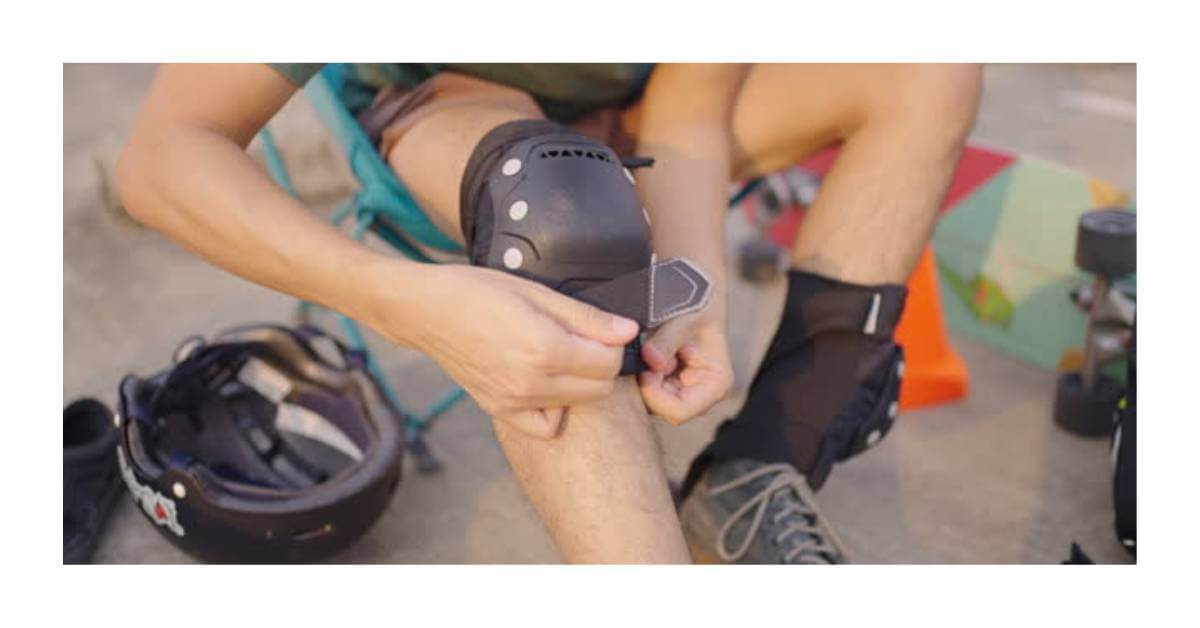
In this section, I’ll explore the common knee injuries associated with skateboarding and how the movements in this exhilarating activity stress your knees.
01. Common Knee Injuries Associated With Skateboarding
- Ligament Sprains: When a ligament is stretched or torn, it can result in a sprain. In skateboarding, ligament sprains commonly occur due to sudden changes in direction or landings after performing tricks.
- Meniscus Tears: The menisci are rubbery, C-shaped cartilage that acts as shock absorbers in the knee. Skateboarding movements that involve quick rotations or landings can increase the risk of tearing the meniscus.
- Fractures: In more severe cases, skateboarding accidents can lead to fractures in the knee, particularly in the patella (kneecap) or the bones forming the joint.
02. How Skateboarding Movements Put Stress On The Knees
- Impact forces: When landing tricks or performing jumps, the knees bear the brunt of the impact. The sudden deceleration during landings increases the stress on the knee joints and surrounding tissues.
- Overuse and repetitive stress: Skateboarding requires repetitive motions and can put strain on specific muscle groups and joints, including the knees. Over time, this repetitive stress can lead to inflammation, tendonitis, and other chronic conditions.
Remember, while skateboarding can be thrilling, taking precautions to protect your knees is essential. Wearing appropriate protective gear, stretching before rides, and gradually increasing your training intensity can contribute to maintaining healthy knee joints.
Factors That Contribute To Knee Injuries In Skateboarding
Skateboarding can strain the knees due to high-impact landings, sudden twists and turns, and repetitive motion. These elements can contribute to knee injuries, making skateboarders need to take precautionary measures to protect their joints.
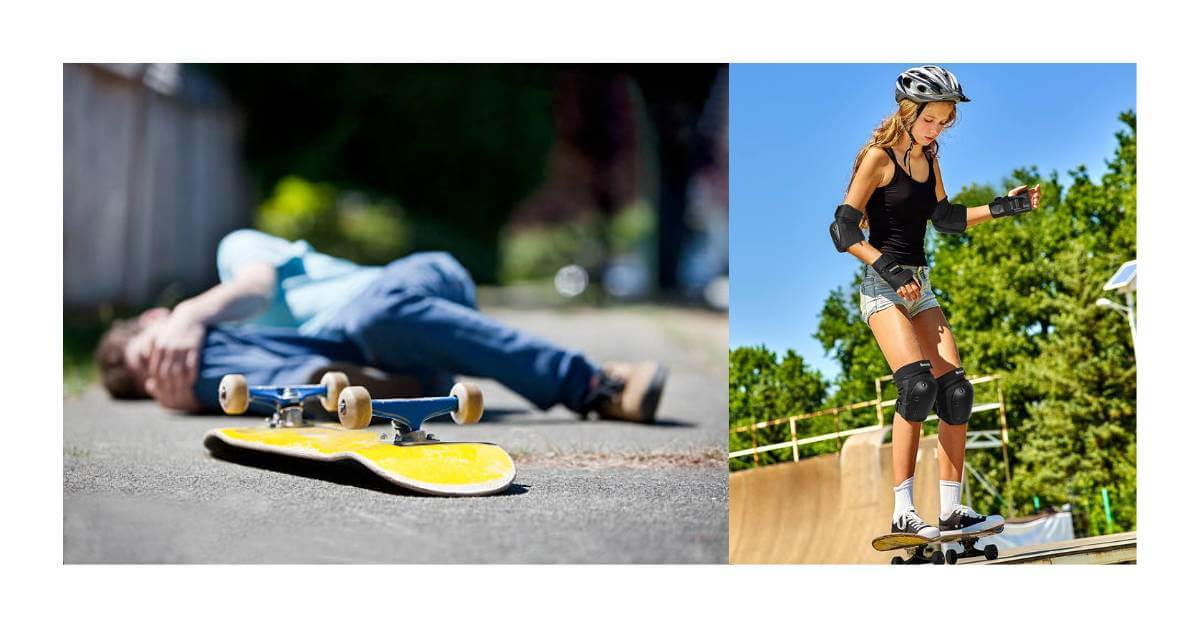
In this section, I’ll explore the importance of proper warm-up and stretching techniques, the impact of inadequate protective gear on knee health, and the role of technique and skill level in preventing knee injuries.
01. Importance Of Proper Warm-Up And Stretching Techniques
Engaging in a proper warm-up routine before hopping on a skateboard can significantly reduce the risk of knee injuries. Consider the following points:
- Dynamic stretching: Performing dynamic stretches involving controlled movements can help increase blood flow and strengthen knee muscles. Examples include leg swings, lunges, and ankle rotations.
- Flexibility exercises: Improving flexibility through exercises like hamstring stretches and quad stretches can enhance the range of motion in the knees, reducing the likelihood of injuries.
Remember, warming up and stretching before skateboarding shouldn’t be rushed. Take your time and listen to your body to ensure a proper warm-up.
02. Impact Of Inadequate Protective Gear On Knee Health
Protective gear plays a crucial role in preventing knee injuries while skateboarding. Consider the following points:
- Knee pads: Wearing knee pads provides a layer of cushioning and protection to absorb impact during falls or accidents.
- Elbow pads: Elbow pads not only safeguard your elbows but also indirectly protect your knees by preventing injuries to the upper body that could cause you to fall awkwardly.
- Helmet: While helmets primarily protect the head, they can indirectly promote knee safety by ensuring overall safety during skateboarding.
Investing in high-quality protective gear can significantly reduce the risk of knee injuries and safeguard your long-term knee health. Don’t compromise on safety!
03. The Role Of Technique And Skill Level In Preventing Knee Injuries
Skateboarding technique and skill level are essential factors that contribute to knee injury prevention. Take note of the following points:
- Proper landing technique: Learning how to land correctly can alleviate knee stress. Bend your knees when landing to absorb impact and distribute the force evenly.
- Progressive skill development: Gradually increasing your skill level and attempting more challenging tricks only when you have mastered the basics can help prevent sudden falls and knee injuries.
Mastery of skateboarding techniques requires time and practice. Stay patient, focus on proper form, and build your skill level gradually to reduce the risk of knee injuries.
The Science Behind Knee Injuries In Skateboarding
Skateboarding can hurt your knees due to the high-impact nature of the sport. The science behind knee injuries in skateboarding reveals the potential risks involved. Highlighting the importance of proper technique and protective gear.
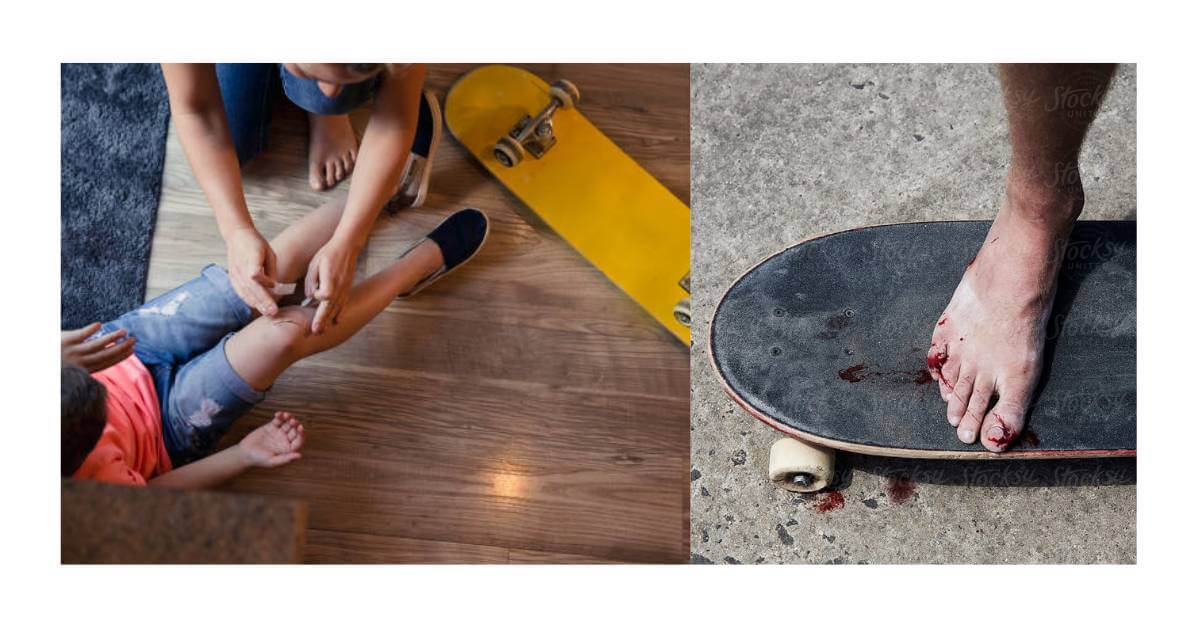
This section will explore the science behind knee injuries in skateboarding and research studies on the connection between skateboarding and knee injuries.
01. Overview Of Knee Anatomy And Its Vulnerability To Injury:
- The knee joint consists of several parts, including the femur (thigh bone), tibia (shin bone), patella (knee cap), and ligaments.
- Ligaments, such as the anterior cruciate ligament (ACL) and medial collateral ligament (MCL), provide stability to the knee.
02. Specific Skateboarding Maneuvers That Put Knees At Risk:
- Ollies and kickflips: These tricks involve jumping and landing, exerting significant force on the knees upon impact.
- Grinds and slides: Performing these maneuvers places excessive stress on the knees as skateboarders slide along rails or ledges.
- Landings from high jumps: Landing improperly or with excessive force can lead to knee injuries, such as ligament tears.
- Impact injuries: Collisions with obstacles or falls can cause traumatic knee injuries, including fractures or dislocations.
03. Research Studies On The Connection Between Skateboarding And Knee Injuries
A study published in the Journal of Orthopaedic Surgery examined knee injuries in skateboarders and found that ligamentous injuries, particularly to the ACL, were prevalent.
Another study in the American Journal of Sports Medicine reported that skateboarders have a higher incidence of knee injuries than other sports participants.
Understanding the science behind knee injuries in skateboarding can help beginner and experienced skaters take preventive measures to protect their knees.
So, gear up, stay safe, and keep shredding!
Preventative Measures To Protect Your Knees While Skateboarding
Skateboarding can put a strain on your knees, but there are preventive measures you can take to protect them. In this section, I will discuss three key areas regarding knee protection:
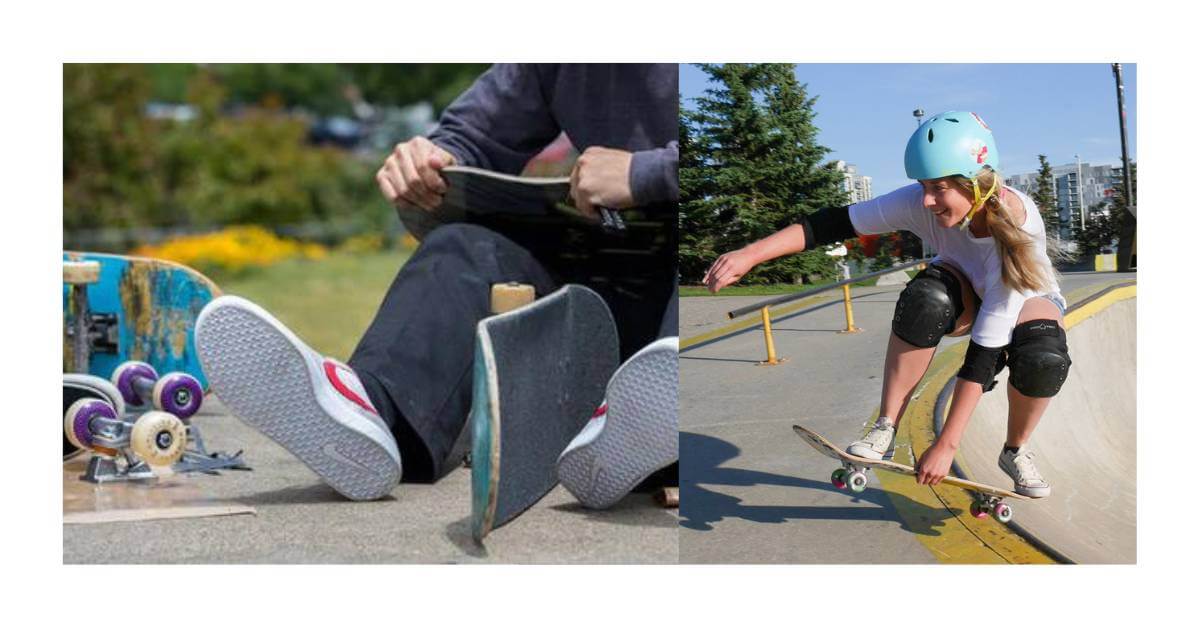
Strengthening Exercises For The Muscles Surrounding The Knee
- Squats: Perform squats regularly to strengthen your quadriceps, hamstrings, and glutes, which play a vital role in knee stability.
- Lunges: Incorporate lunges into your workout routine to target the muscles in your thighs and buttocks, providing better support to your knees.
- Leg extensions: Use a resistance band or leg extension machine to target your quadriceps, helping to stabilize your knees specifically.
The Benefits Of Cross-Training For Skateboarding
- Cycling: Cycling as a form of cross-training helps strengthen the muscles surrounding your knees while providing a low-impact workout.
- Swimming: This low-impact exercise builds endurance and improves flexibility, which can help prevent knee injuries.
- Yoga or Pilates: These activities focus on stretching and strengthening various muscle groups, including those supporting the knees, promoting overall stability and balance.
Proper Skateboarding Footwear And Equipment For Knee Support
- Skateboarding shoes: Invest in proper shoes that provide good ankle support and cushioning to absorb shock and impact. Look for shoes with reinforced toe caps and thick soles for added protection.
- Knee pads: Knee pads protect your knees from direct impact during falls or tricks. Ensure that the knee pads fit snugly, allowing freedom of movement while providing ample protection.
Remember, taking proactive measures to protect your knees is paramount in skateboarding. By doing so, you can minimize the risk of knee-related injuries and continue enjoying the exhilarating world of skateboarding.
Stay safe, have fun, and skate on!
Understanding Knee Rehabilitation And Recovery
Understanding Knee Rehabilitation and Recovery is crucial for skateboarders. While skateboarding is not inherently bad for knees, improper technique and lack of proper warm-up and stretching can lead to injuries.
This section explores the importance of rest and recovery after a knee injury, physical therapy exercises for knee rehabilitation, and tips for gradually returning to skateboarding.
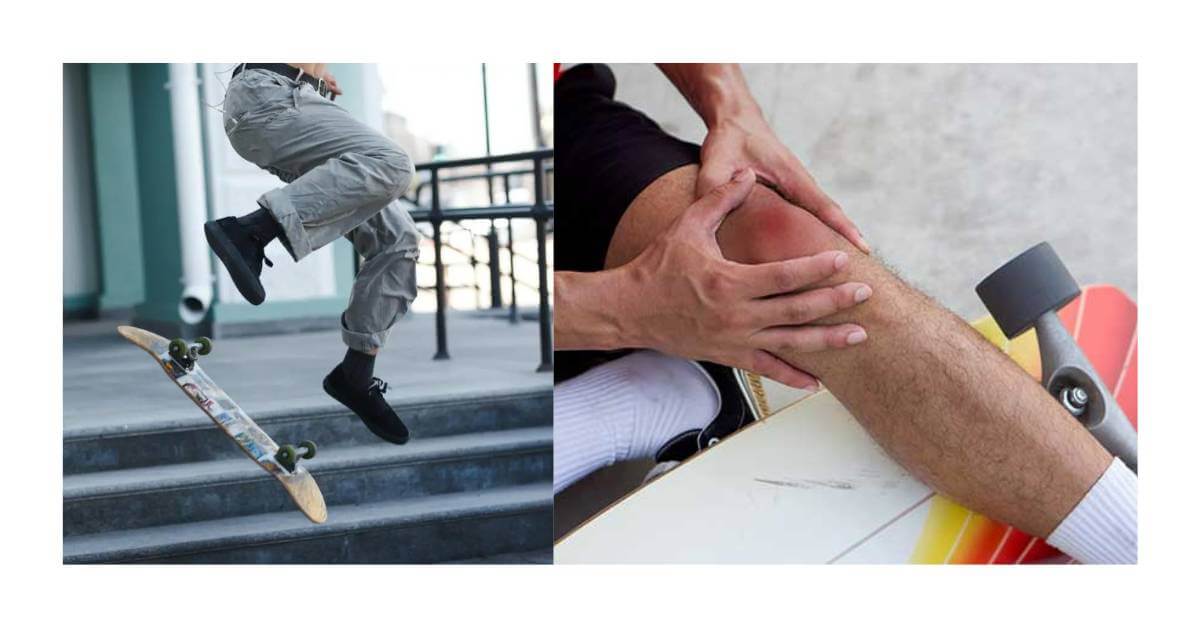
The Importance Of Rest And Recovery After A Knee Injury
- Rest is crucial for allowing your knee to heal and recover. Give yourself ample time to rest to avoid aggravating the injury.
- During rest, you can engage in non-weight-bearing activities that don’t strain your knee, such as swimming or upper-body workouts.
- Applying ice packs to the injured area can help reduce swelling and pain. Aim for 15-20 minutes of ice treatment every 2-3 hours initially.
Physical Therapy Exercises For Knee Rehabilitation
- Strengthening exercises: Focus on exercises that target your quadriceps, hamstrings, and gluteal muscles. These include leg raises, squats, and lunges.
- Range of motion exercises: Perform gentle stretches to improve flexibility and regain your knee joint’s full range of motion. Simple exercises like knee bends and straight-leg raises can be beneficial.
Tips For Gradually Returning To Skateboarding After A Knee Injury:
- Start slowly: Begin with simple movements and gradually increase the intensity of your skateboarding sessions. Pushing yourself too hard too soon may re-injure your knee.
- Listen to your body: Pay attention to any discomfort or pain during skateboarding. Stop immediately if you feel any strain on your knee, and give yourself more time to recover.
- Use protective gear: Invest in high-quality knee pads and supportive skate shoes to minimize the impact on your knees and reduce the risk of future injuries.
Remember, knee rehabilitation and recovery require patience and consistency. With proper care and rehabilitation, you can protect your knees and continue enjoying the thrill of skateboarding for years to come.
Long-Term Knee Health: Balancing Passion And Protection
Achieving long-term knee health while indulging in your passion for skateboarding requires a delicate balance between protecting your knees and enjoying the sport to the fullest.
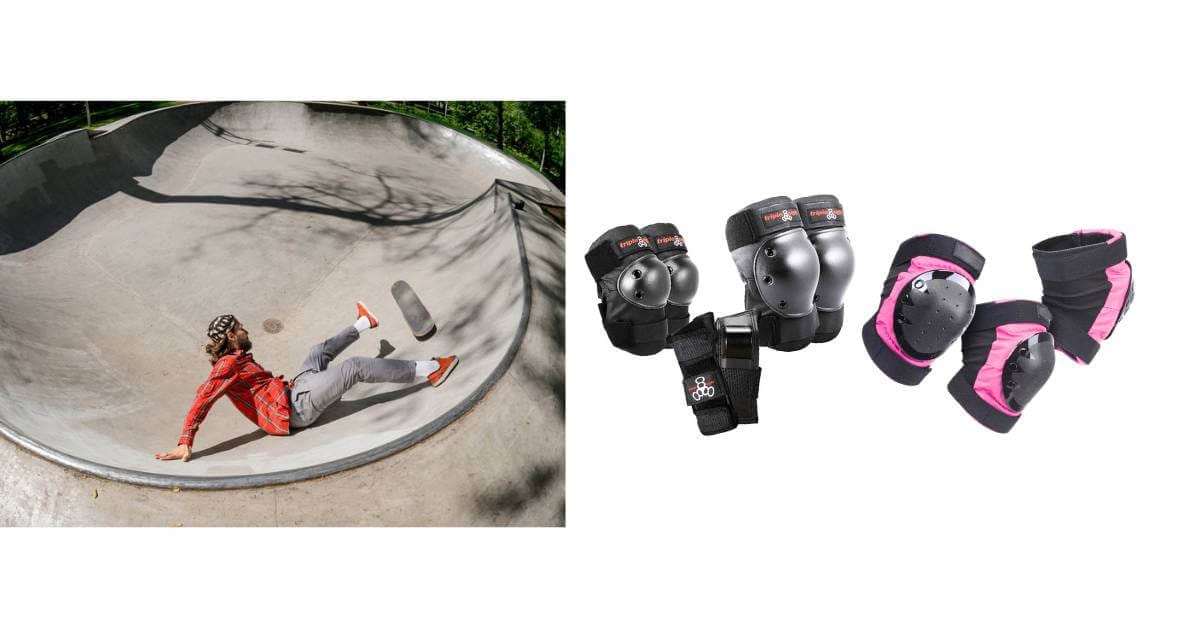
In this section, I will explore the long-term effects of skateboarding on knee health and discuss strategies for protecting your knees without giving up skateboarding entirely.
Reflecting On The Joy And Benefits Of Skateboarding
- Strengthening muscles: Skateboarding engages various muscle groups, including those in the legs, core, and upper body.
- Enhancing balance and coordination: The constant need to maintain balance while performing tricks improves your coordination skills.
Strategies For Minimizing Knee Injury Risk Without Giving Up Skateboarding
- Wearing proper protective gear: Always wear quality knee pads, which provide essential cushioning and support.
- Learning proper techniques: Invest time in learning and practicing proper skateboarding methods to reduce the risk of falls and impacts.
The Role Of Maintaining Overall Fitness And A Healthy Lifestyle In Maintaining Knee Health
- Regular exercise: Engaging in activities that improve cardiovascular fitness and strengthen muscles can provide greater stability and support to your knees.
- Stretching and warming up: Before skateboarding, always perform a proper warm-up routine that includes stretching exercises to prepare your muscles and joints for activity.
By implementing these strategies and being mindful of your knee health, you can continue enjoying the excitement and rewards of skateboarding while minimizing the risks to your knees.
Frequently Asked Questions (FAQs) About Is Skateboarding Destroying Your Knees
Does Skateboarding Hurt Knees?
Yes, skateboarding can hurt your knees if you experience falls or land improperly.
Is Skating Hard On The Knees?
Skating can be tough on the knees due to the repetitive motion and impact.
Does Skating Strengthen Knees?
Skating can help strengthen your knees due to the muscles used during the activity, providing stability and support.
Is Skating Bad For Joints?
Skating is not bad for joints; it actually benefits joint health by improving strength and flexibility.
Final Verdict
Skateboarding can strain the knees, and the overall impact on knee health varies from person to person. Proper technique, protective gear, and regular strengthening exercises can mitigate some risks associated with skateboarding.
Skateboarders must listen to their bodies and take breaks when needed, as overuse can lead to long-term damage.
Moreover, incorporating cross-training and flexibility exercises into a routine can help prevent knee injuries and improve overall skateboarding performance.
Remember, taking care of your body is paramount in any physical activity. So, with proper precautions and a focus on technique and strength, you can continue to enjoy skateboarding while minimizing the impact on your knees.
